Dwarf Sunflower: Characteristics and Growing Tips
Dwarf sunflowers are popular for gardeners who want to add a splash of color to their outdoor space. These miniature versions of traditional sunflowers are known for their vibrant yellow blooms and compact size, making them a great option for small gardens, containers, and indoor spaces. With so many varieties, there is a dwarf sunflower for every gardener’s taste and preference.
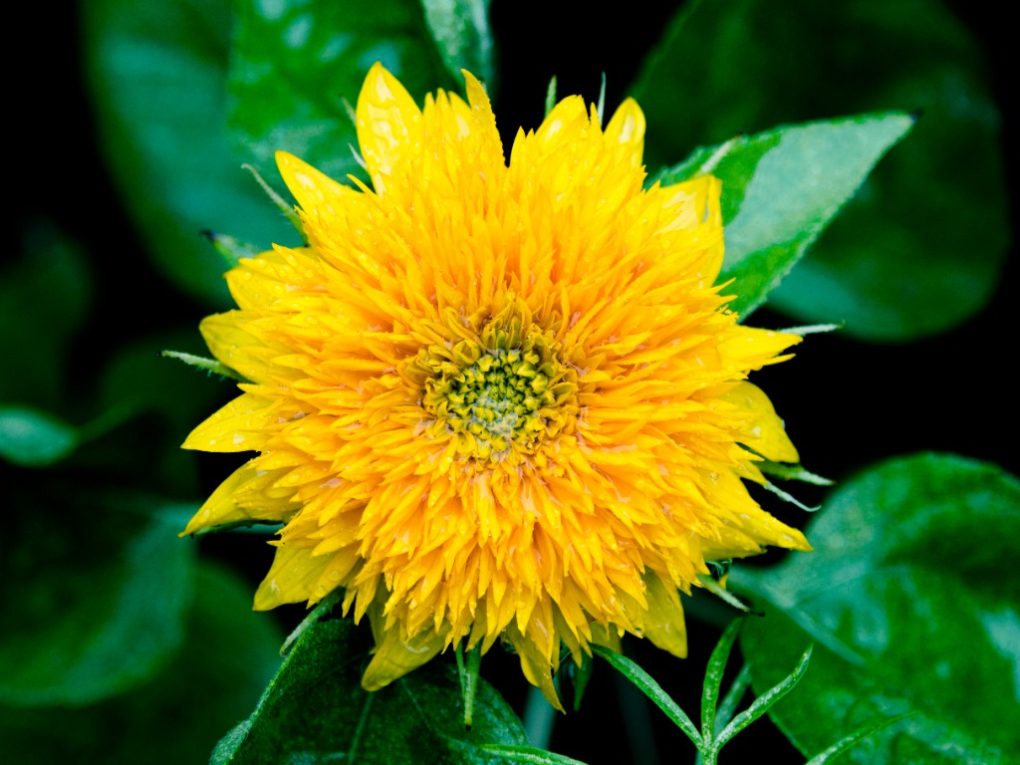
Despite their small size, dwarf sunflowers are easy to grow and care for. They can be sown directly in the ground or containers, and they typically require little maintenance beyond regular watering and fertilization. With proper care, these sunflowers can bloom for several weeks, brightening up any space with cheerful flowers.
Whether you’re a seasoned gardener or a beginner, dwarf sunflowers are a great choice for adding color and beauty to your outdoor space. Their compact size and easy-to-care-for nature make them a versatile and low-maintenance addition to any garden or home.
Table of Contents
History of Dwarf Sunflowers
Dwarf sunflowers have a fascinating history that dates back centuries. These compact and charming plants have captured the attention of gardeners and flower enthusiasts worldwide. So let’s journey through time to explore the origins and development of dwarf sunflowers.
- Ancient Beginnings
- Sunflowers (Helianthus annuus) have been cultivated for their beauty and usefulness for thousands of years.
- The earliest evidence of sunflower cultivation dates back to ancient American civilizations, where Native American tribes revered sunflowers for their spiritual and practical significance.
- Native Americans used sunflowers for food, medicine, and ceremonial purposes. They recognized the sunflower’s ability to thrive in diverse climates and soil conditions.
- European Discovery
- The European discovery of sunflowers can be attributed to Spanish explorers who encountered these radiant flowers during their expeditions to the Americas.
- In the 16th century, European botanists and explorers began documenting sunflowers and studying their unique characteristics.
- Sunflowers quickly gained popularity among European gardeners for their vibrant colors and striking appearance.
- Breeding Efforts
- In the late 19th and early 20th centuries, plant breeders started focusing on developing dwarf varieties of sunflowers.
- The goal was to create sunflowers more suitable for small gardens, containers, and decorative purposes.
- Through careful crossbreeding and selection, breeders successfully developed compact sunflower cultivars with shorter stalks and smaller flower heads.
- Modern Varieties
- Today, dwarf sunflowers are widely available and cherished by gardeners worldwide.
- These smaller varieties come in various colors, including vibrant yellows, oranges, and even bicolor combinations.
- Dwarf sunflowers have also become popular for cut flower arrangements, adding a touch of sunshine to bouquets and floral displays.
Characteristics of Dwarf Sunflowers
Size and Appearance
Dwarf sunflowers are miniature versions of the tall garden sunflower (Helianthus annuus). They are preferred for their small height and spectacular blossoms. Dwarf sunflowers grow to a height of 6-48 inches (0.5-4 feet), with most of them only growing to a maximum of 2-3 feet. The plants grow between 18 and 12 inches tall, offering all the beauty and charm of traditional sunflowers, but in a compact and space-saving form. They appear in various colors, including yellow, orange, pink, and red, and the flowers are frequently multicolored. Typically, the flower heads measure about 3 feet tall or shorter, with a few inches of diameter, but look similar to typical sunflower heads.
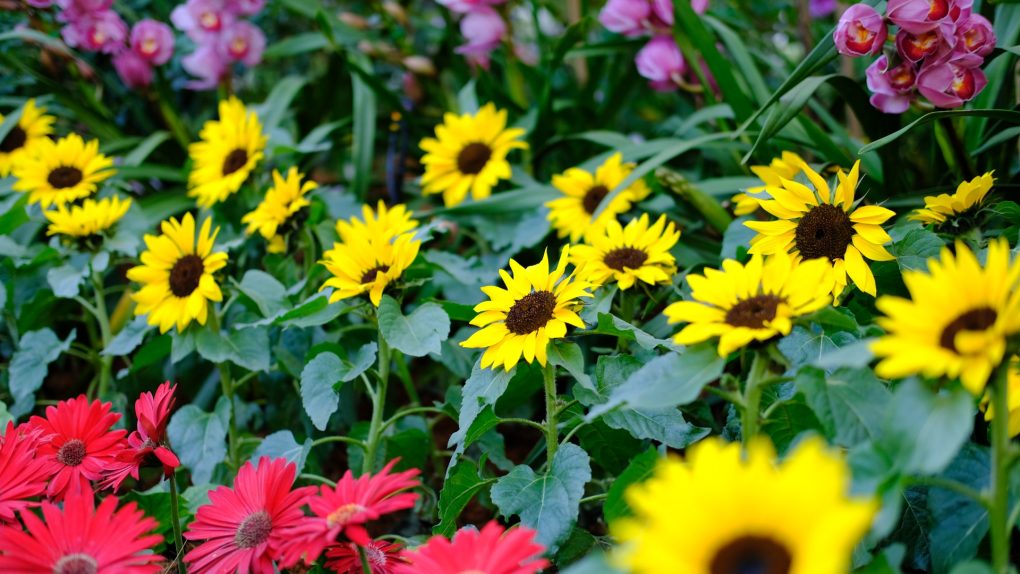
Growing Conditions
Dwarf sunflowers are easy to grow and care for. They require full sun exposure and well-draining soil. They can be grown in pots or directly in the ground. Dwarf sunflowers do not require a lot of water, but they should be watered regularly to keep the soil moist. They also benefit from occasional fertilization. Dwarf sunflowers are typically grown annually, meaning they have a year’s life cycle, and once it dies, that’s it. However, they can resprout from seeds dropped in the soil.
Types of Dwarf Sunflowers
There are many varieties of dwarf sunflowers available, each with its unique characteristics. Some of the popular varieties include:
- Double Dandy
- Elf
- Firecracker
- Junior
- Little Becka
- Ms Mars
- Pacino
- Sunbright Supreme
- Sundance Kid
- Sunny Smile
Each of these varieties has its unique color, size, and shape. Some are single or double, and stem length and size vary. Some of them make excellent cut flowers. Gardeners can choose the variety that best suits their needs and preferences.
Benefits of Growing Dwarf Sunflowers
Dwarf sunflowers are a great addition to any garden or container. They offer a variety of benefits, including:
Attracting Pollinators
Dwarf sunflowers are a great way to attract pollinators to your garden. Many bees and butterflies are attracted to the bright yellow and orange flowers. This can help to increase pollination rates for other plants in your garden, leading to a higher yield of fruits and vegetables.
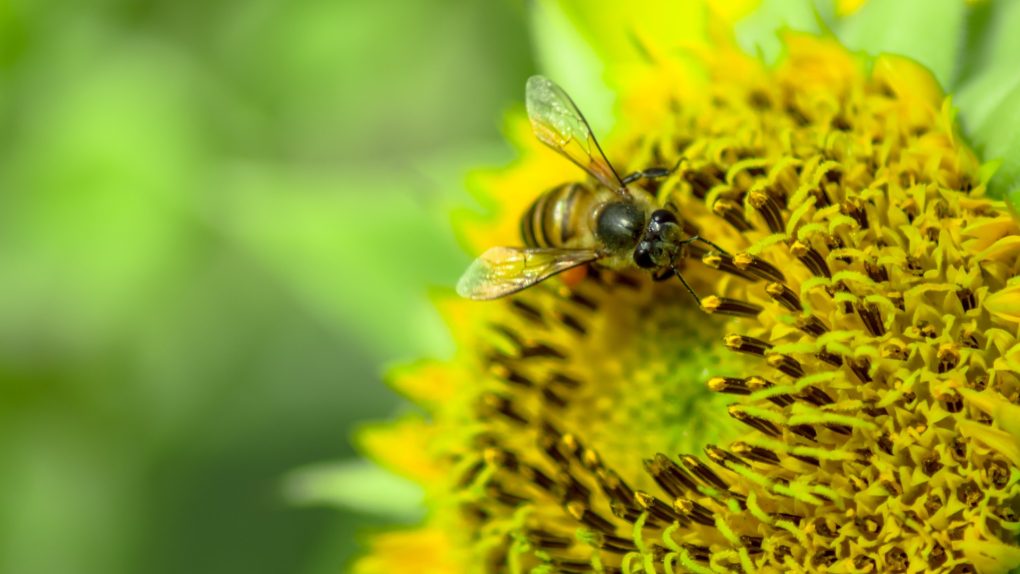
Decorative Uses
Dwarf sunflowers are a beautiful addition to any garden or container. They come in various colors, including yellow, orange, and red. They can be used to create a focal point in a garden or to add color to a container. They also make great cut flowers for bouquets.
Edible Seeds
Dwarf sunflowers produce edible seeds that are a great source of protein and healthy fats. The seeds can be eaten raw or roasted and added to salads, granola, or trail mix. They can also be used to make sunflower butter or oil.
Growing dwarf sunflowers can provide various benefits, from attracting pollinators to adding color to your garden. They are easy to grow and care for, making them a great choice for novice and experienced gardeners.
Growing Conditions for Dwarf Sunflowers
Dwarf sunflowers are a delightful addition to any garden, with their vibrant colors and compact size. To ensure that your dwarf sunflowers thrive, providing them with the right growing conditions is important. Here are some key factors to consider:
Sunlight
Dwarf sunflowers require full sunlight to reach their full potential. Choose a location in your garden that receives at least 6 to 8 hours of direct sunlight daily. Avoid planting them in shaded areas, resulting in weak and leggy growth.
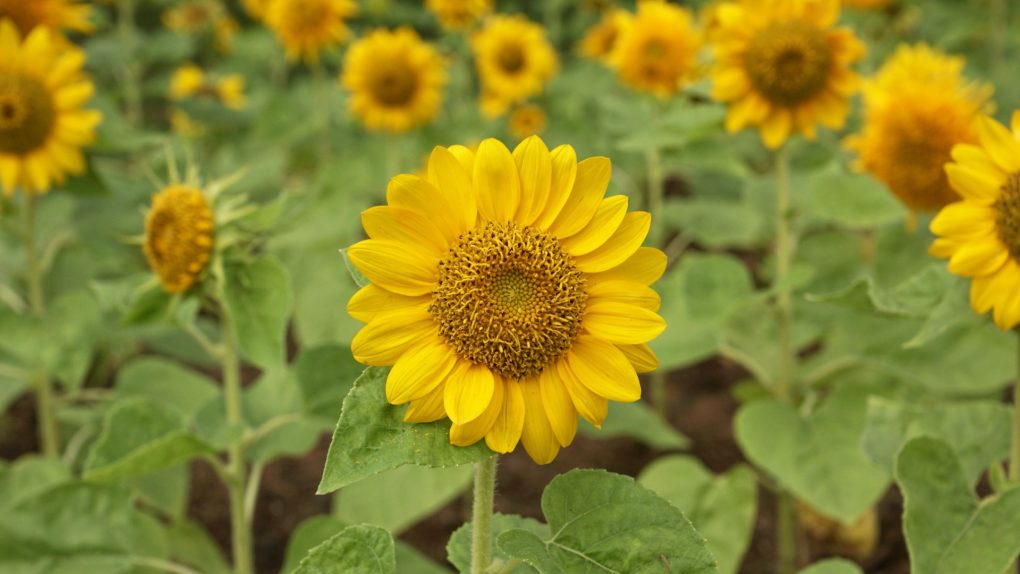
Soil
Well-draining soil is essential for dwarf sunflowers. They prefer loamy or sandy soil that is rich in organic matter. Compost or well-rotted manure can be added to the soil before planting to improve fertility and drainage. Avoid heavy clay soils, which can retain too much moisture and cause root rot.
Watering
While dwarf sunflowers are relatively drought-tolerant, they still require regular watering, especially during dry spells. Water deeply, providing enough moisture to reach the roots. It is important not to overwater your plants, as this can lead to root rot. A good rule of thumb is to keep the soil evenly moist but not soggy.
Temperature
Dwarf sunflowers are warm-weather plants and thrive in temperatures between 60°F (15°C) and 78°F (26°C). They are sensitive to frost, so it’s best to wait until the danger of frost has passed before planting them outdoors. In regions with a short growing season, you can start the seeds indoors and transplant them outside once the weather warms up.
Fertilizer
To promote healthy growth and abundant blooms, fertilize your dwarf sunflowers with a balanced fertilizer. Apply a slow-release granular fertilizer according to the package instructions when planting, and then supplement with a water-soluble fertilizer every few weeks during the growing season. Avoid over-fertilizing, as it can result in excessive foliage growth at the expense of flower production.
Pests and Diseases
Dwarf sunflowers are generally resistant to pests and diseases. They may, however, be affected by aphids, slugs, or powdery mildew. Monitor your plants regularly and take appropriate measures if you notice any signs of infestation or disease. If possible, use organic pest control methods to minimize harm to beneficial insects.
How to Grow Dwarf Sunflowers
Planting
Planting dwarf sunflowers is a relatively simple process. Follow these steps for best results:
- Plant seeds in late spring when there is no more threat of frost.
- Choose a spot that receives full sun.
- Moisten the soil and keep it moist until germination.
- Plant 2-3 sunflower seeds 1/2 inch deep in well-draining soil.
- Space the plants 12-18 inches apart.
- Thin the plants to one per hole when true leaves appear.
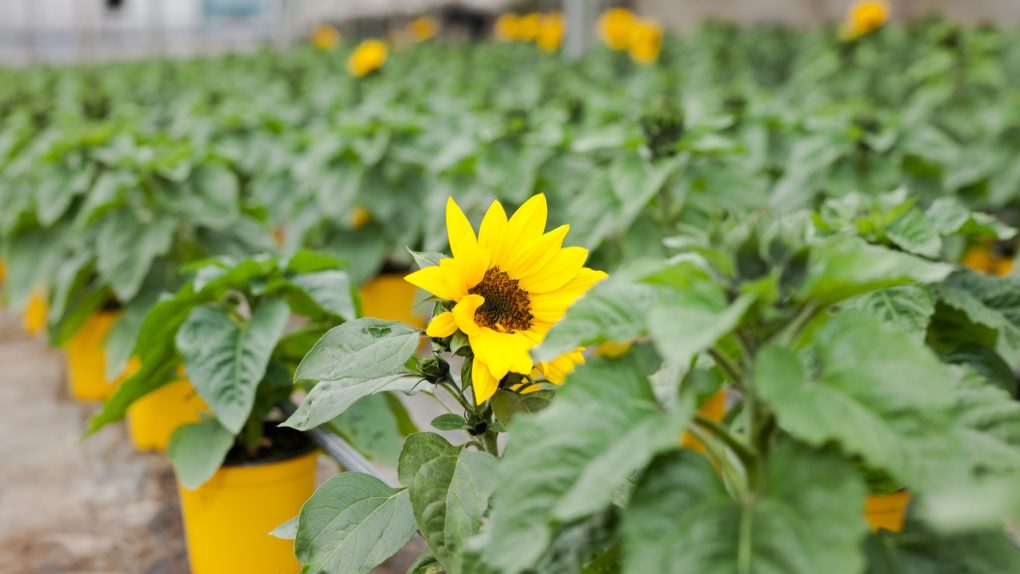
Watering and Fertilizing
Dwarf sunflowers require regular watering, especially during hot and dry weather. Water them deeply once a week or more if the soil feels dry. To promote healthy growth and blooms, fertilize the plants once a month with a balanced fertilizer.
Pest and Disease Control
Dwarf sunflowers are relatively resistant to pests and diseases but may still encounter some problems. Here are some tips to prevent and control common issues:
- Prevent fungal diseases by avoiding overhead watering and providing good air circulation around the plants.
- Control aphids and other sucking insects with insecticidal soap or neem oil.
- Remove any damaged or diseased leaves or flowers promptly to prevent the spread of disease.
